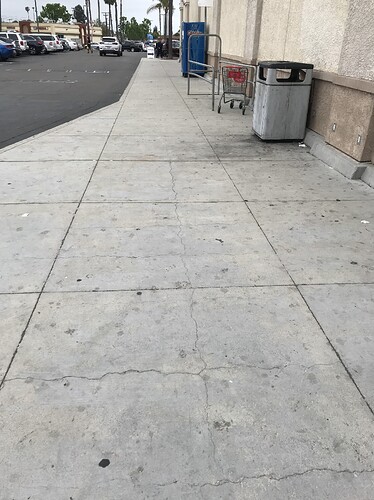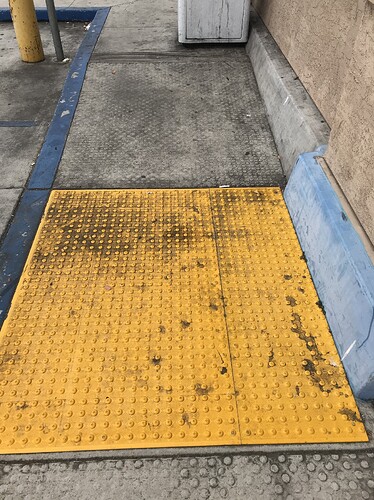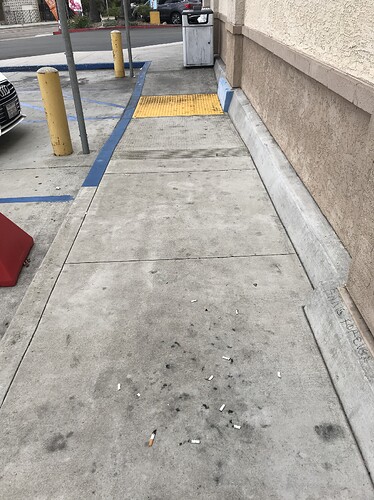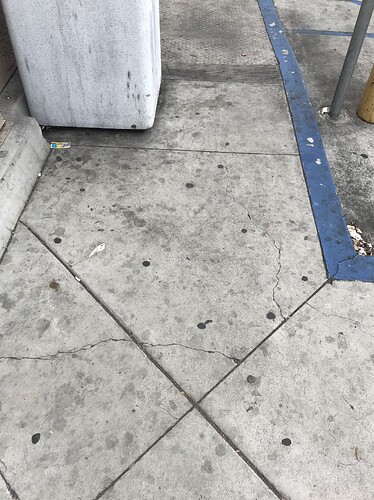Hi, Im new doing pressure washing I have a 5.5 GPM 3500 PSI a CVS requested a quote , this is my first commercial job. I need some help Im in California.
How are you going to handle the waste water?
Awesomewash?
I don’t have water recovery so it’s going to the drain,
I’m no expert in epa regulations but I don’t think any California agency is going to take kindly to that.
So, you’re hoping to go to jail or just be fined out of existence?
If you’re not going to reclaim be prepared to work in the middle of the night. I’m in Cali too and the epa is no joke. If you’re just starting out theyll bankrupt you with one fine.
Why reclaim? All I see is dirt, grime & gum.
Because it’s California. Technically, no matter where you are you run the risk of a hefty fine if any of your pressure water (or especially chems) gets into the drain system. However, it’s mostly up to local agencies to enforce this so depending on where you are it can be a non-issue so long as you’re not washing grease or oil into the sewer.
Summary of the Clean Water Act
33 U.S.C. §1251 et seq. (1972)
The Clean Water Act (CWA) establishes the basic structure for regulating discharges of pollutants into the waters of the United States and regulating quality standards for surface waters. The basis of the CWA was enacted in 1948 and was called the Federal Water Pollution Control Act, but the Act was significantly reorganized and expanded in 1972. “Clean Water Act” became the Act’s common name with amendments in 1972.
Under the CWA, EPA has implemented pollution control programs such as setting wastewater standards for industry. EPA has also developed national water quality criteria recommendations for pollutants in surface waters.
The CWA made it unlawful to discharge any pollutant from a point source into navigable waters, unless a permit was obtained. EPA’s National Pollutant Discharge Elimination System (NPDES) permit program controls discharges. Point sources are discrete conveyances such as pipes or man-made ditches. Individual homes that are connected to a municipal system, use a septic system, or do not have a surface discharge do not need an NPDES permit; however, industrial, municipal, and other facilities must obtain permits if their discharges go directly to surface waters.
The most common method of compliance with the CWA is to prevent process wastewater discharges to waters of the United States. If your discharge does not reach waters of the United States, then there are no requirements under the CWA.
Examples of compliance without a discharge are vacuuming up the process wastewater or berming the process water and allowing it to evaporate. An additional method of compliance is to discharge the water to an NPDES permitted sanitary sewer system (the municipality may have additional pretreatment requirements before accepting your discharge).
The most common form of non-compliance is to discharge the process water into a storm sewer system or into a city street that drains to a storm water inlet. Most storm drainage systems in the US discharge directly to waters of the United States without treatment, which means anything that discharges into a storm drain is the same as putting it directly into the water body receiving the storm drain discharge.
^Steve laid it out perfectly. The only time you’re ever allowed to run water down a storm drain is if your washing your personal vehicle at your home or if you’re watering your lawn.
Discharge into landscape.
That’s a type of reclaim. You asked why reclaim.





